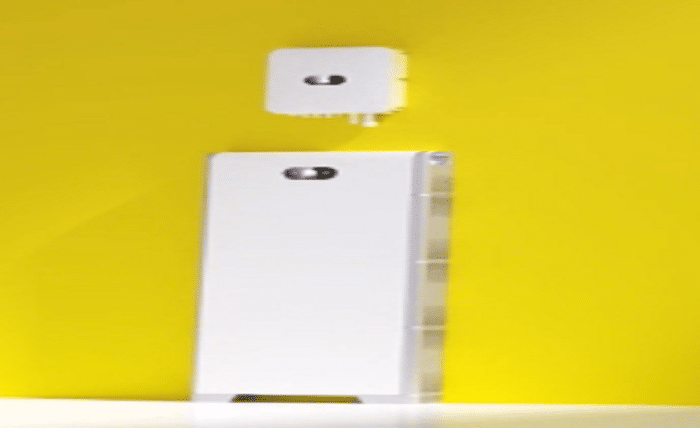Harnessing the Power of Smart PV Solutions to Mitigate Carbon Emissions

In the face of escalating climate change concerns, the imperative to transition to sustainable and low-carbon energy sources has never been more pressing. Photovoltaic (PV) technology stands as a beacon of hope in this endeavour, and when coupled with smart solutions, it becomes a potent force for reducing carbon emissions. The symbiotic link between smart PV systems and carbon reduction is explored in this essay, along with how cutting-edge technology can change the renewable energy industry.
Optimizing Energy Production with Smart PV Systems
One of the key advantages of integrating smart technology into PV systems is the ability to optimize energy production. Traditional PV systems operate on a fixed tilt and orientation, limiting efficiency. Smart PV solutions, however, leverage real-time data and advanced algorithms to dynamically adjust the direction of solar panels, maximizing sunlight exposure throughout the day. This enhances energy output and ensures that every ray of sunlight is harnessed efficiently.
Additionally, smart PV systems can predict and respond to weather patterns. By utilizing meteorological data, these systems can preemptively adjust their configurations to anticipate periods of low sunlight, such as cloudy days or seasonal changes. This adaptability enhances the reliability of solar power, making it a more consistent and viable energy source. The result is a significant reduction in the need for backup power from carbon-intensive sources, contributing directly to the overall carbon emissions reduction goal.
Energy Storage Integration for Grid Stability
While the sun’s energy is pure and renewable, its intermittent nature challenges system stability. Smart PV solutions address this issue by seamlessly integrating with energy storage systems. Advanced batteries, coupled with intelligent energy management systems, enable the storage of excess energy generated during peak sunlight hours. This stored energy can subsequently be used to bridge the supply-demand gap during periods of low solar production.
By reducing the reliance on fossil fuel-based backup power during periods of low solar generation, integrating energy storage with Smart PV Solution contributes substantially to reducing carbon emissions. It enables a more consistent and reliable energy supply, promoting the transition from conventional power sources with a higher carbon footprint.
Grid Integration and Demand Response
Smart PV solutions extend their impact beyond individual installations by integrating with the broader electrical grid and participating in demand response programs. Solar energy can be shared and distributed efficiently through grid integration, optimizing its utilization across diverse geographical areas. This interconnectedness promotes a more resilient and responsive energy infrastructure.
Demand response mechanisms, facilitated by smart PV technology, allow for dynamic adjustments to energy consumption patterns. Smart PV systems may react to high popularity, such as during summertime afternoons, by increasing energy output. This reduces the burden on conventional power plants and mitigates the need for additional carbon-intensive energy sources to meet peak demands.

Conclusion
Fusing smart PV solutions with renewable energy technology is pivotal to a sustainable, low-carbon future. By harnessing the power of real-time data, predictive analytics, and seamless integration with energy storage and grid systems, smart PV solutions optimize energy production, enhance grid stability, and contribute to demand-side management strategies. The cumulative effect is a substantial reduction in carbon emissions associated with traditional energy sources.
As the globe grapples with the critical need to battle the effects of climate change, participating in and adopting smart PV solutions represents more than a choice; it becomes a responsibility. Governments, industries, and individuals alike must recognize the transformative potential of these technologies and work collaboratively to accelerate their adoption. In doing so, we pave the way for a cleaner, more sustainable energy landscape—where the sun’s rays, augmented by intelligent technology, become a powerful catalyst for a greener tomorrow.




